The Finch is a small songbird with a cone-shaped beak. Several hundred different species of these birds live across the globe.
Researchers place all true Finches into the Fringillidae family. Some different groups of them include Grosbeaks, Rose Finches, Canaries, Green Finches, Gold Finches, and more. Read on to learn about the Finch.
Description of the Finch
These little birds come in a variety of different colors. Their bodies are small and stout, and their bills are mostly short and thick. They range in size, from about 4 to 10 inches long. Most species weigh about an ounce or so, but some species weigh up to 3 ounces.
Their plumage, or feathers, comes in a variety of colors and patterns. Some have a single, or solid, coloration. Others have speckles, mottling, or patches of other colors. The different colorations that you can find on these birds includes black, white, yellow, brown, red, gray, blue, and more.
Interesting Facts About the Finch
You can find any number of different Finch species across the globe. These little birds come in a variety of shapes and colors, learn more about a few unique species below.
- Atlantic Canary – The Atlantic canary, also known as the common or wild canary, lives primarily in the Canary Islands. This species is the original ancestor of the domestic canary. Through selective breeding, people have taken this yellow-green bird and produced a number of different bright colorations for pets.
- Vampire Ground Finch – This bird is actually a subspecies of the sharp-beaked ground Finch. As you might have guessed by the name, this bird feeds on the blood of other birds. It uses its sharp beak to peck at the exposed skin of seabirds, primarily booby birds and blue footed boobies.
- ‘Akohekohe – These little birds, also known as “crested honeycreepers,” the IUCN identifies as Critically Endangered. They look a little like rock stars, with their mohawk-like crest and orange coloration around their eyes and necks. Sadly, they live in just a few regions of the Hawaiian Islands, and habitat destruction is causing sharp decline of their populations.
Habitat of the Finch
The wide variety of different species occupy a number of habitat types and ecosystems. Some species occupy just a few types of habitats while others live in a wide variety of different ecosystems.
You can find these birds anywhere from tropical rainforests to arid deserts. Some species even live along the edges of Arctic regions, though they do not extend into areas in the far north.
Distribution of the Finch
These birds live across a vast range of the globe. Different species have different distributions. While some species live throughout large areas, others only occupy a tiny region or a single island.
You can find Finches in North, Central, and South America, as well as Eurasia, and Africa. No species naturally live in Australia or Antarctica.
Diet of the Finch
Each species varies in its diet. Many feed primarily on seeds and grains, but other species are omnivores and feed on insects and invertebrates as well as plants.
Insects and invertebrates are a bigger portion of the diet during the breeding season. They eat a wide variety of foods including seeds, berries, fruits, grains, flies, mosquitoes, spiders, caterpillars, grasshoppers, and more.
Finch and Human Interaction
Human activity impacts different species in different ways. Some birds have high populations and wide ranges, and humans do not impact them as heavily. However, others with smaller populations or restricted distributions suffer more heavily from human activity. Things like habitat destruction, pollution, climate change, pesticides, and more all cause population decline.
Domestication
Humans have domesticated a few different species of Finches. The most commonly domesticated species is the canary. Humans began breeding canaries in the 17th century. From that time, we have developed a wide variety of colors and patterns.
Does the Finch Make a Good Pet
While wild species do not make good pets, we have domesticated a number of different Finch species. These birds do make good pets, but they are not particularly cuddly pets. People usually keep and breed them as cage birds and in aviaries for their pretty colors and pleasing voices.
Finch Care
Across the board, care for these birds is quite similar. They thrive in aviary-style enclosures with plenty of space, a variety of trees and shrubbery, a number of water features, and other birds.
The primary difference between species is their diets. You can feed some commercially prepared seed diets, others need added fruits and berries, or additional crickets and mealworms for protein.
Behavior of the Finch
As you might have guessed based on the vast number of different species, behavior varies from one species to another. Most species are diurnal and active during the day, but their individual behavior differs. Some species forage primarily on the ground, others in low shrubbery, and others in the treetops.
Socially, many species of Finches are gregarious, or live in flocks. Flock size varies from species to species, some live in incredibly large flocks while others live in small family groups. Some species are solitary, or live alone.
Reproduction of the Finch
These birds vary drastically in their breeding habits as well. Some species breed with the same partner year after year while others have new partners every season. Most species build their nests in trees or other out of reach areas.
The number of eggs per clutch varies from species to species, as does the incubation period and development of the chicks. Some species fledge and become independent quite quickly, while others take longer periods to leave their parents.

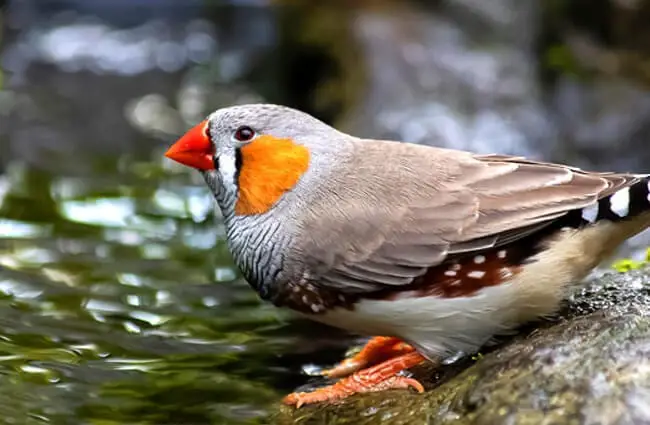
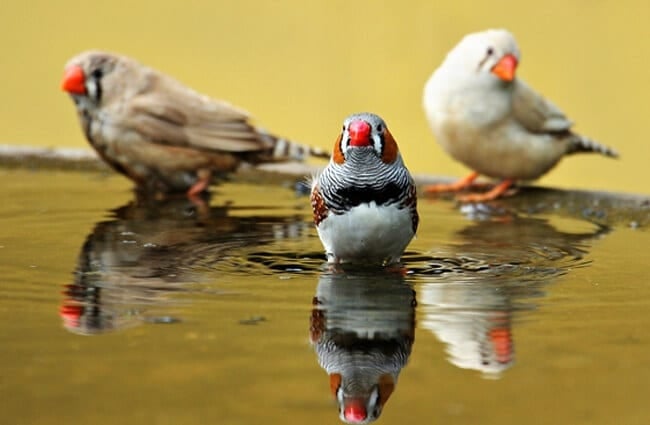
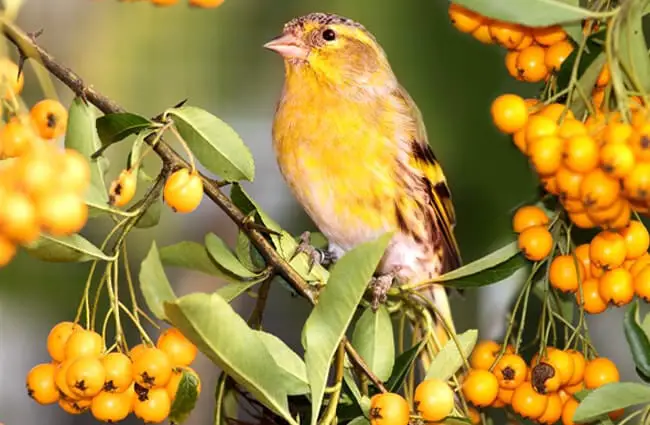
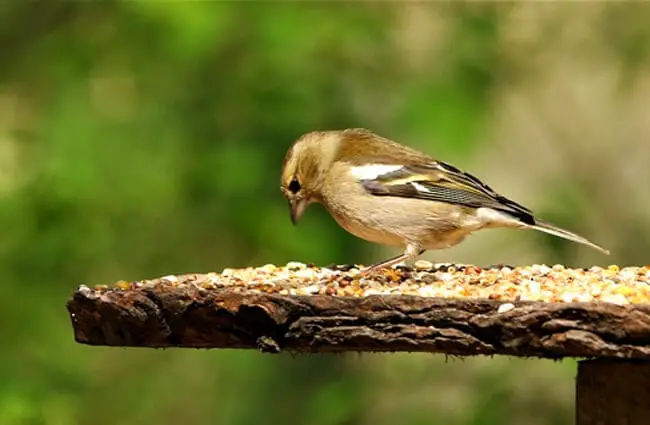
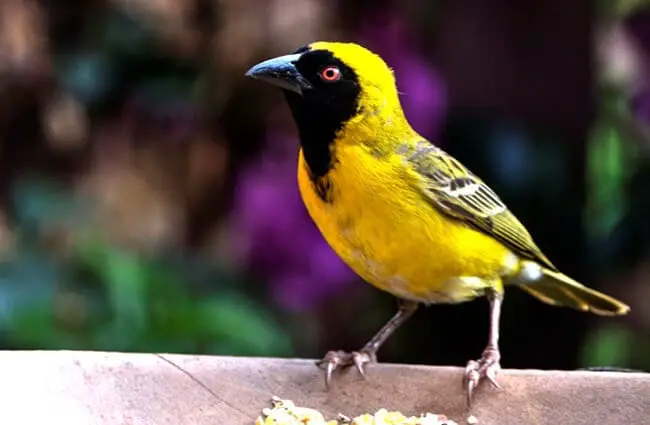

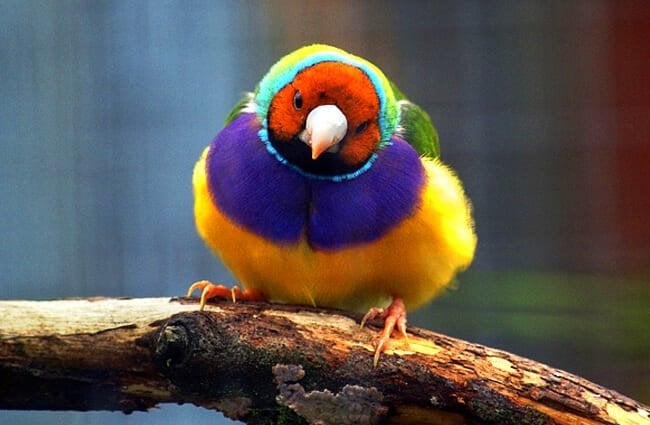
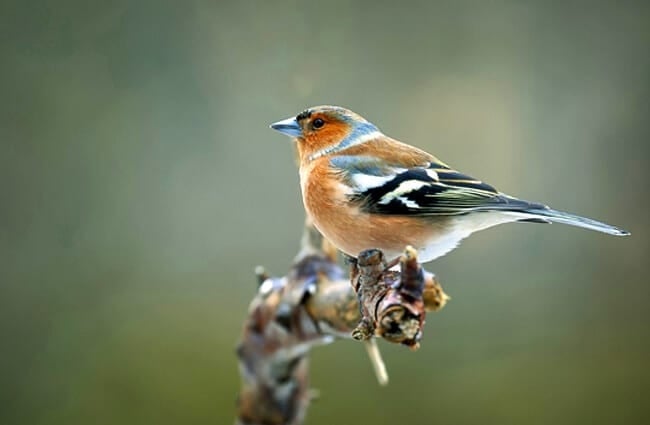
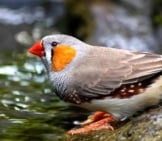



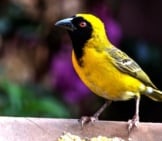
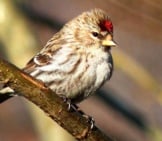


![Red Angus Closeup of a beautiful Red Angus cowPhoto by: U.S. Department of Agriculture [pubic domain]https://creativecommons.org/licenses/by/2.0/](https://animals.net/wp-content/uploads/2020/03/Red-Angus-4-238x178.jpg)












![Red Angus Closeup of a beautiful Red Angus cowPhoto by: U.S. Department of Agriculture [pubic domain]https://creativecommons.org/licenses/by/2.0/](https://animals.net/wp-content/uploads/2020/03/Red-Angus-4-100x75.jpg)

